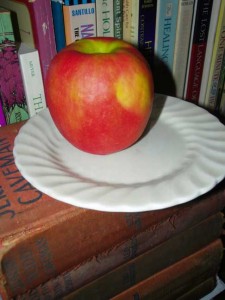Sergey Brin, the brilliant founder of Google, put up a boatload of money for the world’s first hamburger that did not come directly from a cow: $330,000 U.S., in fact.
How’d it happen? Well, a Dutch scientist, Mark Post, proposed the idea. The concept is reasonably simple. Take muscle stem cells from a living cow (in this case, cells from both a Blanc Blue Belge and a Blond Acquitaine, both raised on organic farms). Culture the cells in a nutrient-rich broth, where they will increase in numbers sufficient to form a kind of tissue. Attach the tissue to a basic structure (like a scaffold), and stimulate with electricity so that the tissue grows into strips of bovine muscle. Grind them up, shape a nice little burger together, and cook – voilà, a genuine test-tube burger!

No fat, of course, and as a result nearly tasteless (according to those who took the first bites), but what a heartwarming victory for global warming activists, food rights activists, and animal rights activists everywhere. The San Jose Mercury News article on this historic meal quotes Ingrid Newkirk, PETA’s president and co-founder, who was “…so excited, I could jump for joy…We have Champagne corks going off all over the place.”
The question is, why? Continue reading



